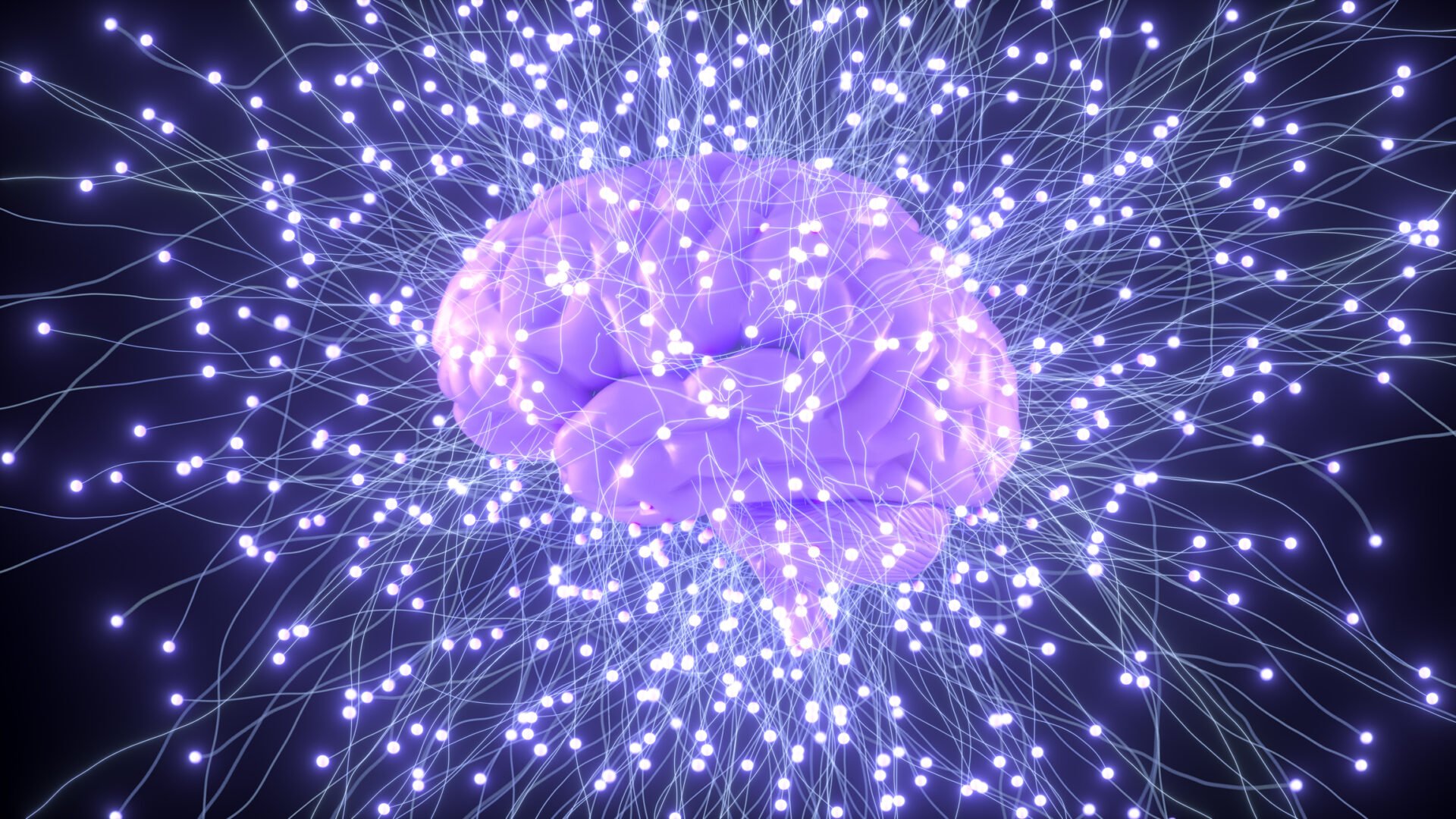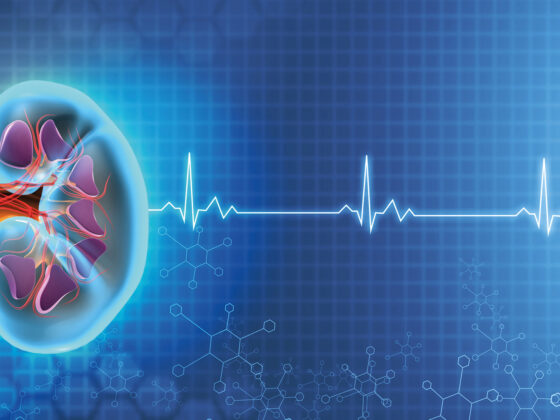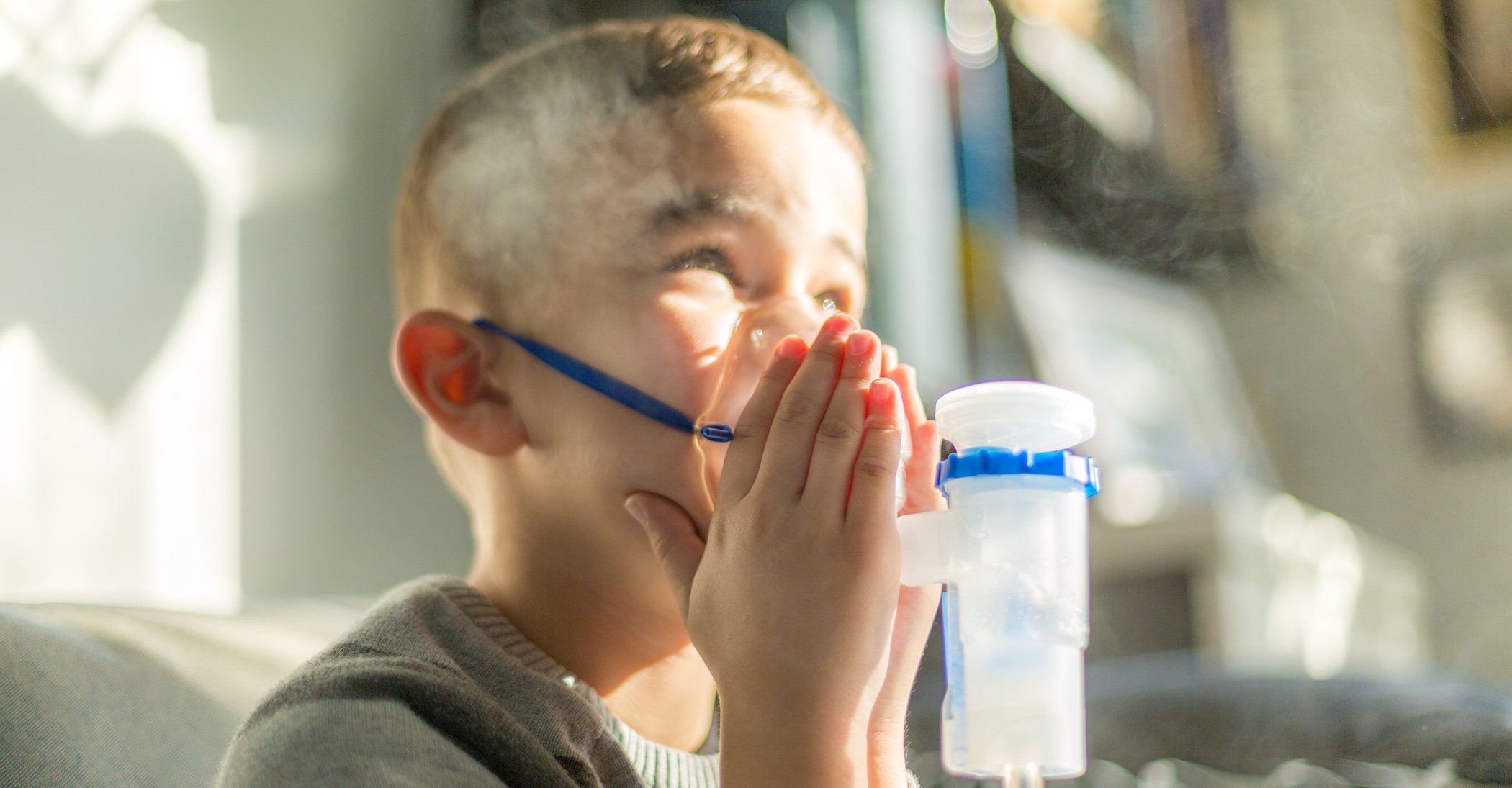This year’s DGN focused on neurodegenerative diseases, as much development has taken place in this area. Promising therapeutic approaches are on the horizon, and molecular biological research has provided important insights into the pathomechanisms, making it possible to develop more precise and earlier diagnostic options and targeted therapeutic approaches. But there was also a lot to discover beyond that.
(red) The new Parkinson’s disease guideline is here [1]. However, it was downgraded from S3 to S2k. The background to this was the broader consideration of different aspects of care. Nevertheless, the re-evaluation of medications and assistance in selecting preparations in certain situations remained at S3 level. As it is becoming increasingly clear that idiopathic Parkinson’s disease often has a genetic cause, the authors have decided to refer to it simply as Parkinson’s disease in future. With regard to diagnosis, the 2015 MDS criteria should be used in future instead of the “Parkinson’s UK Brain Bank” due to their improved sensitivity and specificity. In the further course, the evaluation of motor fluctuations and dyskinesia is added in order to increase diagnostic certainty. If a prodromal phase of Parkinson’s disease is suspected, it is recommended to use defined prodromal criteria (e.g. an olfactory test), to use cranial magnetic resonance imaging (MRI) in early diagnosis and to perform a polysomnographic examination in the sleep laboratory for Parkinson’s disease-specific REM sleep behavior disorders. If clinically suspected, a cranial MRI should be performed. Treatment management should be early, age-appropriate and individualized. Detailed recommendations are given for the differentiated combined use of suitable substances, but a lot of leeway is also left. Thus, prioritization of MAO-B inhibitors, COMT inhibitors or dopamine agonists for fluctuations under levodopa is not possible according to the study situation. It is recommended to offer MAO-B inhibitors to reduce off-times. However, COMT inhibitors and dopamine agonists (with the exception of Ergoline-DA) are also possible. Apomorphine injections or sublingual apomorphine can also be used. Fast-acting soluble levodopa has also been added to the recommendations. It also lists substances that are no longer recommended. New chapters have also been included on pump therapy, delirium and the treatment of autonomic disorders.
Pathophysiology of Parkinson’s disease
Parkinson’s disease (PD) results from the death of dopamine-producing neurons in the substantia nigra and is characterized by an abnormal accumulation of the protein alpha-synuclein. The neuropathological hallmark of PD is the abnormal accumulation and aggregation of alpha-synuclein protein (α-Syn) in the form of Lewy bodies and Lewy neurites. It is well known that pathological aggregation of α-Syn is a common feature of several neurodegenerative diseases – including PD, dementia with Lewy bodies (DLB) and multiple system atrophy (MSA), collectively referred to as synucleinopathies. A study has now investigated which biochemical aspects interfere with alpha-synuclein conformational disorders from a nuclear physics perspective [2].
The structural properties of the protein alpha-synuclein bound to ubiquitin and dopamine were determined using both density-based and wavefunction-based electronic structure methods to assess the ability of ab initio force fields. Using Molecular Dynamics (MD) and Monte Carlo simulations, the dysfunctions of the proteasomal and lysosomal systems in the pathophysiology of Parkinson’s disease were analyzed. It was shown that alpha-synuclein, a protein bound to ubiquitin, accumulates in neurons and that this accumulation impairs cell function. Local phi and psi torsion angle variations of alpha-synuclein indicate that perturbations in protein synthesis and deformations in the amphipathic N-terminal, central hydrophobic and a highly acidic and proline-rich region of this protein may disrupt the biosynthetic and metabolic pathway of dopamine. Dopamine depletion and synaptic problems can be triggered by alpha-synuclein conformational disorders.
Early detection of Alzheimer’s
New therapies aimed at the causal treatment of Alzheimer’s disease (AD) are increasingly emphasizing the relevance of early detection methods. The neuropsychological examination, which is readily available, hardly burdensome and cost-saving, remains central. The “Testing the Limits (TtL)” approach has proven to be particularly suitable, as it allows direct assessment of the reduced cognitive reserve in AD at a very early stage. With a sensitivity of 93% and a specificity of 80%, the TtL paradigm, a visual memory test that we have used so far, already differentiates very reliably between dementia suspects, depressives and healthy older people. However, it can be assumed that the selectivity can be increased by varying the resolution and brightness of the images. In order to investigate this, a test version was developed that allowed a systematic variation of luminance and contrast for the first time [3]. The procedure consisted of one pre-test and two post-tests and used comic-like black and white images presented on a PC as stimuli. Each subtest comprised a learning and a recognition unit, which contained 60 distractor pictures in addition to the 20 learning templates. The presentation time for each of the learning templates was 15 seconds, with no time limit for recognition. The number of recognition errors in posttest 1 and posttest 2 was used as a measure of cognitive plasticity. In the encoding phase of the three subtests, the images were presented in the optimally bright and contoured original form. According to the data available to date, the control subjects, with median errors of 24.5, 21.5 and 24.5 errors, show better recognition performance in line with expectations than the AD patients, who made a median of 29, 28 and 24 errors in the three test units. Interestingly, reduced luminance in the recognition phase seemed to improve the cognitive performance of AD patients.
Assessing hypothalamic atrophy in ALS
Detailed imaging of the hypothalamus is of great interest to better characterize disease-related tissue damage and abnormalities in neurodegeneration. Previous studies have shown that the total volume of the hypothalamus is significantly reduced in ALS patients compared to control subjects. However, manual or semi-automatic delineation of the hypothalamus is labor-intensive and highly operator-dependent. The aim of one study was therefore to automate the segmentation of the hypothalamus and intracranial volume (ICV) from T1-weighted MR images in order to reduce human variability and improve the robustness of the results [4]. The question of whether segmentation of the hypothalamus using a convolutional neural network (CNN) can be used for an unbiased analysis of hypothalamic volume change in ALS was investigated. 120 T1-weighted whole-head MPRAGE datasets (78 ALS and 42 healthy controls), with appropriate manual delineations of the hypothalamus, were available and used for training and validation of the automated approach based on CNN with U-net architecture. No significant differences in calculated hypothalamic volumes between prediction and ground truth (before ICV normalization) were found in either the ALS group or the controls. After ICV normalization, significant differences in hypothalamic volume were found between ALS and controls. Accordingly, this could be a fast and unbiased method to quantify the hypothalamus based on the application of CNN as an artificial intelligence-based technique.
Neuropathic itching in MS
Peripheral nerve damage or central lesions can cause itching as well as neuropathic pain. Around half of patients with multiple sclerosis (MS) suffer from neuropathic pain. However, little is known about the prevalence, characteristics and causes of pruritus in MS. The aim of the present study was to investigate the prevalence of chronic pruritus in MS [5]. In addition, the extent to which neuropathic pain and itching are related was analyzed. For this, 99 MS patients were recruited. 34% of those affected reported itching in the last six weeks. The average itching in the last 24 hours was 2.6 ± 3.1 (on a numerical rating scale of 0-10). Patients with itching had neuropathic pain more frequently than patients without itching. The itching qualities were most frequently described as “superficially localized” (65%) and “tingling” (65%). It turned out that chronic itching occurs much more frequently in MS than was assumed until recently. MS patients with itching often also have neuropathic pain. The localization and characteristics of the itching are similar to those of PNP patients. Therefore, a peripheral neuropathic genesis is considered possible by the authors.
First manifestation of epilepsy in old age
In the absence of cortical lesions, the cause of first-onset epileptic seizures in the elderly (LOFES) is often thought to be microangiopathic leukoencephalopathy, although the underlying pathophysiologic mechanisms remain unknown. The intention of one study was to determine the significance of the exact volumetric content and localization of white matter hyperintensities (WMH) as a radiologically measurable correlate of microangiopathic leukoencephalopathy on LOFES [6]. In addition, the influence of global and regional brain atrophy was also examined in more detail.
As part of a retrospective case-control study, 50 LOFES patients aged at least 60 years as well as control patients with a transient ischemic attack (TIA group) and control patients without previous cerebrovascular disease (patient controls, PC group) were examined. In addition to the absence of cortical lesions, the presence of structural MRI imaging was a mandatory inclusion criterion. Compared to both control groups, the LOFES patients showed an increased WMH volume in the juxtacortical compartment, as well as a distribution pattern of WMH that was shifted towards the juxtacortical. In addition, the path analysis showed that of all the influencing variables examined, only the juxtacortical weighting of WMH was a predictor of LOFES. In the LOFES patients, the VBM analysis revealed significant regional cortical atrophy on both sides in the pre- and postcentral gyrus, in the anterior section of the parahippocampal gyrus on both sides, in the posterior section of the cingulate gyrus, in the right fronto-orbital cortex and cerebellar on both sides compared to the pooled control group. The results indicate a key role of a juxtacortically emphasized WMH distribution pattern and regional cortical atrophy, especially in the frontal lobe, the parahippocampal gyrus and the cingulate gyrus, which are considered part of an epileptogenic network and underline the modern understanding of epilepsy as a disease pattern with a disorder at the network level.
Therapeutic success with PML
A rare but serious opportunistic viral infection of the brain, progressive multifocal leukoencephalopathy (PML) leads to death in many cases. The disease is caused by the human polyomavirus 2 (HPyV-2) and particularly affects patients with a significantly impaired cellular immune system. The mortality rate for PML is almost 90%, especially in patients with underlying hemato-oncological disease. In the absence of currently approved treatment options, the use of allogeneic virus-specific T cells represents a new and successful experimental therapy. If patients have their own HPyV-2-specific T cells in their blood, the anti-PD-1 antibody pembrolizumab can also be used to treat PML if there are no contraindications. Metabolome analysis should be used to identify prognostic biomarkers in the CSF and serum of PML patients as early as possible in the pre-therapeutic phase, which can be used to predict the response to treatment with allogeneic virus-specific T cells or pembrolizumab [7].
Since 2020, PML patients have been treated with HLA-matched allogeneic, virus-specific T cells from unrelated or related donors on the basis of individual treatment trials. In the course of the current study, serum and cerebrospinal fluid samples from 11 therapy responders and 5 non-responders were subjected to a directed metabolome analysis using mass spectrometry. In addition, samples from two patients who had benefited well from pembrolizumab therapy were analyzed. The cross-validated PLS-DA plots showed a clear separation between the responder and non-responder groups. There were significantly higher concentrations of 35 metabolites in the treatment responder group, while 25 metabolites were significantly lower in this group. In this context, proline betaine was identified as a potential serum biomarker. Analysis of the cerebrospinal fluid metabolome before the start of therapy showed significantly increased levels of docosahexaenoic acid (DHA) and hypoxanthine in patients who did not respond to therapy. The application of allogeneic virus-specific T cells has led to promising therapeutic successes in PML. The betaine-related metabolite proline betaine was identified as a potential serum biomarker for predicting treatment response.
Cold-induced headache
There are various approaches to the pathophysiology of primary headaches. Clinically, there are many overlaps between migraine and cold-induced headache (HICS), e.g. the increased occurrence of HICS in migraine patients or the lateralization of HICS to the side of migraine headache. To date, however, there is no data comparing the pathophysiology of the two entities. The primary objective of one study was to investigate the role of the CGRP molecule in triggering HICS in patients with chronic migraine [8]. A study was carried out on 17 subjects with chronic migraine before and four weeks after initiation of treatment with erenumab. At the examination times, a HICS was induced in the test subjects with 200 ml of ice water according to a standardized protocol, during which the vital parameters and Doppler sonographic imaging of the middle cerebral artery on both sides in the temporal acoustic window were recorded. Clinically, there was a reduction in the prevalence of HICS. Trigeminal autonomic concomitant symptoms were no longer detectable after the application of erenumab. A subgroup analysis revealed an even greater decrease in the prevalence of clinical response of migraine to erenumab. Doppler sonography showed a decrease in cerebral blood flow in the form of a decrease in mean flow velocity and an increase in the resistance index when comparing the two measurements. A pathophysiological connection between migraine and HICS must therefore be postulated.
Congress: 96th Congress of the German Society of Neurology (DGN)
Literature:
- Höglinger GU, Trenkwalder C: New S2k guideline Parkinson’s disease. Session Hot Topics on November 11, 2023. 96th DGN Congress 2023, Berlin/virtual, November 8-11, 2023.
- Brandet JM: Pathophysiology of Parkinson’s disease: investigation of the ubiquitin-bound protein alpha-synuclein, dopamine and dysfunction of the proteasomal and lysosomal systems using methods of theoretical nuclear physics. Abstract 42. 96th DGN Congress 2023, Berlin/virtual, November 8-11, 2023.
- Uttner I, et al: Influence of luminance and contrast on the recognition of images: Evaluation of a newly developed learning potential-oriented memory test for the early diagnosis of Alzheimer’s dementia. Abstract 65. 96th DGN Congress 2023, Berlin/virtual, November 8-11, 2023.
- Vernikouskaya I, et al: Convolutional neural network-assisted segmentation of the hypothalamus from MRI to assess hypothalamic atrophy in amyotrophic lateral sclerosis (ALS). Abstract 79. 96th DGN Congress 2023, Berlin/virtual, November 8-11, 2023.
- Steeken L, et al: Neuropathic pruritus in multiple sclerosis? Abstract 272. 96th DGN Congress 2023, Berlin/virtual, November 8-11, 2023.
- Nasca A, et al: First-ever epileptic seizure in the elderly and microangiopathic leukoencephalopathy: On the key role of juxtacortical medullary lesions and regional cortical atrophy. Abstract 131. 96th DGN Congress 2023, Berlin/virtual, November 8-11, 2023.
- Möhn N, et al: Metabolome analysis in cerebrospinal fluid and serum of patients with progressive multifocal leukoencephalopathy treated with allogeneic virus-specific T cells. Abstract 244. 96th DGN Congress 2023, Berlin/virtual, November 8-11, 2023.
- Sorge J, et al: The role of CGRP in cold-induced headache. Abstract 644. 96th DGN Congress 2023, Berlin/virtual, November 8-11, 2023.
InFo NEUROLOGY & PSYCHIATRY 2023; 21(6): 20-22 (published on 2.12.23, ahead of print)












